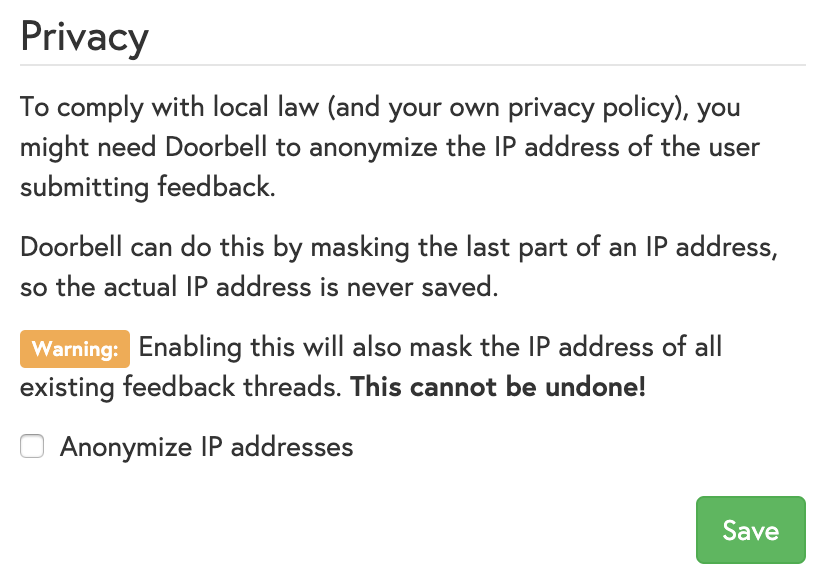

- #Anonymizer universal stuck assigning ip address drivers
- #Anonymizer universal stuck assigning ip address windows

Possible problems that can arise during uninstallation of Anonymizer Universal Removing process running for a long time and does not come to the end.Some traces of the program can still can be found on the computer.After removing the program, some of its related processes still run on the computer.
#Anonymizer universal stuck assigning ip address windows
The program is not listed in the Windows Settings or Control Panel.The program is regarded by the user and/or some websites as a potentially malicious.The program is being re-installed (uninstalled and installed again afterwards).The program is not as good as the user expected.The program crashes or hangs periodically/frequently.The program is not compatible with other installed applications.These are the main reasons why Anonymizer Universal is uninstalled by users: Some experience issues during uninstallation, whereas other encounter problems after the program is removed. It seems that there are many users who have difficulty uninstalling programs like Anonymizer Universal from their systems. What usually makes people to uninstall Anonymizer Universal

You came to the right place, and you will be able to uninstall Anonymizer Universal without any difficulty. Physical Address.Anonymizer Universal implements a virtual private network that can act to conceal your computer's real IP address and protect your identity during Internet navigation sessions.ĭo you have trouble completely uninstalling Anonymizer Universal from your system?Īre you looking for an effective solution to thoroughly get rid of it off the computer? Do not worry! : Realtek RTL8188EE 802.11 bgn Wi-Fi Adapter
#Anonymizer universal stuck assigning ip address drivers
I went to HP support, downloaded and reinstalled the Realtek Ethernet Controller Drivers for it and it fixed the card problem. I read that this is because the NIC card is not working properly, even though the Ethernet card said it was working properly. Trying to disable DAD might not be a great way to fix the problem, as that may cause the computer to start working on the desired IP address, but not address the issue that another device is trying to use the same IP address (which may cause problems immediately, or later when the other device starts being more active again). (Instead, you're configured to be trying to use DHCP, or DAD is taking effect.)Īccording to one comment (which was made via a proposed suggested edit), newer versions of Microsoft Windows may silently set an autoconfig IP (instead of showing a message on the screen). If you see an Autoconfiguration address in Microsoft Windows, then you're not using a "static IP" assignment. This is the correct answer for specifically what you asked, which is: "What is IPv4 Autoconfiguration".Īs for why DCHP overwrites static IP: DHCP usually doesn't. Why DHCP isn't working is a separate question. or to go to the NIC properties and specify an "Alternate Configuration" process that uses a specified "User configuration", or to use a static IP address.get DHCP communication functioning successfully,.(Note that accidentally having an unknown extra DHCP server might be a common cause for this.) If it got that address by DHCP, try to determine which DHCP server was used by each address that got that address, and troubleshoot the DHCP server(s). If so, try to determine what other device had that address, and why it did. check the logs to see if there is anything mentioned about a duplicate IP address.The potential fixes to having such an address can be: From the comments that have been made, it seems that the feature of "Duplicate Address Detection" detection may also result in automatically assigning a different IP address, even if an IP address is statically configured. "Duplicate Address Detection" ("DAD") has resulted in noticing an IP address conflict.Windows will use this if it is set to use DHCP, and it tries to get an address from a DHCP server, and fails.

It seems that as technology has advanced, there are now two causes that commonly resulting in an address in this range. Some people call these addresses "APIPA" addresses, named after Windows XP's process called Automatic Private IP Assignment (APIPA). This is from the "link local" range (e.g., RFC 3927 page 31 discusses what Windows XP using these addresses). The screenshot shows an IPv4 address that start with 169.254.


 0 kommentar(er)
0 kommentar(er)
